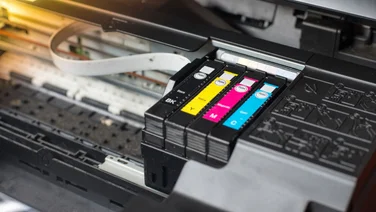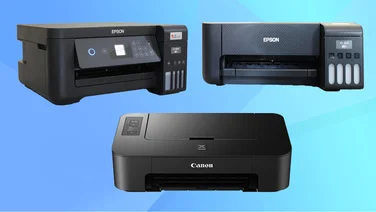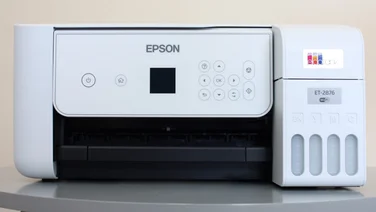To help us provide you with free impartial advice, we may earn a commission if you buy through links on our site. Learn more












Fujifilm’s F-series cameras used to be the darlings of our camera reviews section, but last year’s F800EXR failed to make a dazzling impression. Rivals had closed the gap for low noise levels, it was falling behind for image detail and the controls were cumbersome and unresponsive.

At first glance it seems that not a whole lot has changed in the F900EXR. The lens and sensor specifications are identical, and as far as we can tell, so too is the external design. The screen’s resolution has been upgraded to 920,000 dots, but we must admit that 460,000-dot, 3in screens look sharp enough to our eyes.
Inside there’s a new processor, which has the number-crunching prowess to encode 1080p video at 60fps. This is perfect for capturing smooth motion, except that neither YouTube nor Blu-ray discs support 60p footage (YouTube automatically converts it to 30fps). The high bit rate required to store all those frames limits videos to under 15 minutes, due to SD cards’ 4GB-per-file limit. Frustratingly there’s no 30fps option available. Meanwhile, the faster processor seems to have had an adverse effect on battery life. The F900EXR uses the same battery as the F800EXR, but according to Fujifilm’s own tests (based on the CIPA standard) battery life has decreased from 300 to 260 shots.
Another change under the bonnet is the introduction of phase-detect autofocus points built into the main sensor. Fujifilm claims autofocus speeds as fast as 0.05 seconds. It’s a bold claim, but it’s not one we can corroborate. Autofocus felt pretty nippy in normal use, but it wasn’t in a different league to rival cameras. Pointing it at a stopwatch (not an entirely objective test as it relies on our timing to press the shutter button), we got an average of 0.2 seconds between pressing the button and a photo being captured. Virtually all of the F900EXR’s competitors achieved a similar result.
It’s not all doom and gloom, though. The F800EXR had a Fn button that revealed a quick-access menu, but it wasn’t well organised. This button has been renamed E-Fn, and pressing it reveals an on-screen graphic showing alternative functions for six other buttons on the back of the camera. They can be customised, and this allowed us to elevate RAW mode from the set-up menu to a more accessible location.

Performance is better than ever. It managed 10.8fps for five frames, slowing to 2.3fps – almost double the F800EXR’s performance. The 16-megapixel EXR sensor can switch to an 8-megapixel mode, whereupon it managed 16fps for 11 frames, slowing to 4.2fps. With a 1.3-second start-up time and one second between shots in normal use, this is one of the fastest performers around.
While it’s quick to take photos, there’s a longstanding issue whereby other buttons are unresponsive while photos are being saved. This has been resolved on the HS50EXR so it’s disappointing to see that it still persists here. However, the new processor is faster to save photos, reducing delays from four to two seconds in normal use. It was only really an issue after capturing a burst of shots or shooting in raw mode.
When we reviewed the F800EXR last year, focus was so bad towards the right edge of the frame that we requested a second sample. That one was much better. The F900EXR wasn’t too bad for edge sharpness but it sat between the two F800EXRs that we tested. This suggests that quality control is still less than ideal.

Details are a little vague in the centre of the frame, and they’ve deteriorated towards the edge in this wide-angle shot

The 8-megapixel EXR mode produces much better per-pixel sharpness

Image quality in low light is by no means terrible but it doesn’t stand up to close scrutiny
Telephoto shots in bright light compared well with the competition, but the unusual EXR sensor design meant that details weren’t as sharp as the 16-megapixel resolution might suggest. This was more noticeable at shorter focal lengths, where the best cameras displayed impeccable focus and the F900EXR looked slightly vague in comparison. Noise was reasonably understated as diminishing light pushed the ISO speed up. However, it couldn’t match the low noise of the Canon SX280 HS, even after switching to the 8-megapixel EXR mode that’s specifically designed to reduce noise.
There’s plenty about this camera that we’re happy to see unchanged compared to its predecessor. The ability to shoot RAW files is a perk that no other pocket ultra-zoom camera currently offers. It looks smart and stylish too. The improvements may be modest, but the faster performance and reworked controls are both welcome. Ultimately, though, it doesn’t do enough to challenge the Canon PowerShot SX280 HS, which takes better photos and videos and costs less.





